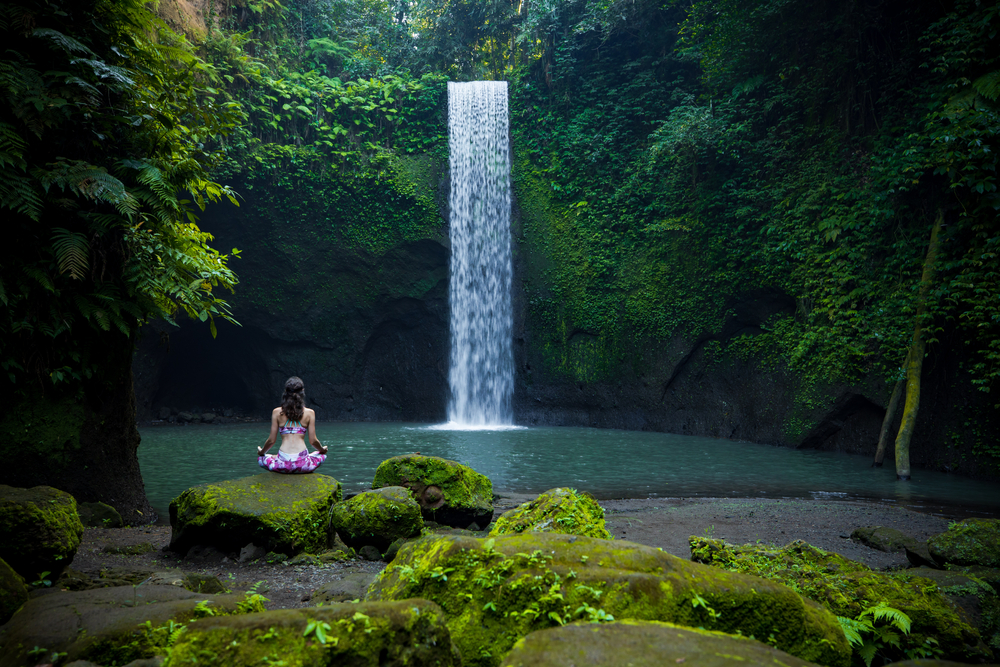
Understanding the shifting trend of traditional wellness travel to active wellness is key to all destinations, in order to develop successful strategies that tap into this segment, whose motivations and interest have changed dramatically after the pandemic. Based on a deep dive into the main demand drivers of wellness travel, Mabrian, world leader in travel intelligence, traces back the evolution of this segment and its key drivers.
After analysing 6.7M TripAdvisor reviews on in-destination activities from 2019 to 2023, Mabrian identified five key demand drivers for active well-being: physical recreation (sports), soft hiking (excursions and walks), and water sports -all of them showing a growing trend in the last 4 years; as well as traditional wellness & relax activities (SPA, hot springs), and gastro experiences.
Mabrian introduced the active well-being concept at the 12th World Congress on Snow, Mountain and Wellness Tourism, organised by UN Tourism and the Government of Andorra, as the outcome of a more extensive analysis of all potential experiential demand drivers, based on the revamped wellness traveller definition, that includes preventive, proactive, lifestyle-enhancing activities such as fitness, healthy eating, relaxation, pampering and healing treatments.

Turning active well-being in tourism products
Mabrian’s travel intelligence insight shows that travellers are changing their relationship with destinations, as they expect to actively engage in activities that combine discovery and recreation, contributing to their pursuit of a balanced and healthier lifestyle.
In fact, as Mabrian analysis reflects, the wellness demand drivers showing the strongest increasing trend are soft hiking (+5.1%), physical recreation (+4,7%), and gastro experiences (3.5%).
All of them pose an opportunity to destinations to build easy-to-implement tourism products and ancillaries that resonate with the proactive traveller of our time; as well as to develop experiences and activities that combine their outdoors and natural resources with global experiential hot trends, such as hiking and camping tours, biking, kayaking & canoeing, running tours, and even cooking classes. Moreover, this holistic approach to wellness planning and promotion has the potential to enhance smart destinations planning and promotion strategies.

Europe, at the forefront of active well-being
European travel market is a good example on the strength of the active well-being trend. Drivers aligned to this revamped wellness concept, closer to experiential travel, increased 8,2% since 2019, and currently represent 48% of the European travellers’ motivations to choose a destination.
The pandemic aftermath pushed this change in habits, that impacted consumption and habits, including travel & tourism, and such growth is particularly strong among experiences related with Nature & Outdoors, as well as with Active Lifestyle.
Carlos Cendra, Partner and CMO at Mabrian, states: “The traditional, passive tourist is evolving into a proactive traveller; from contemplative visitor to an experiential participant in the dynamic of the destinations. That is why we need to redefine the wellness traveller concept, expanding it to an active well-being traveller and, under this new light, outdoor activities and the contact with nature should be at the core of our travel value proposition”. As Cendra highlights: “It is not about building complex products, but using the resources we have: it could be as simple as walking, no equipment and no skills needed”.


Comments are closed.